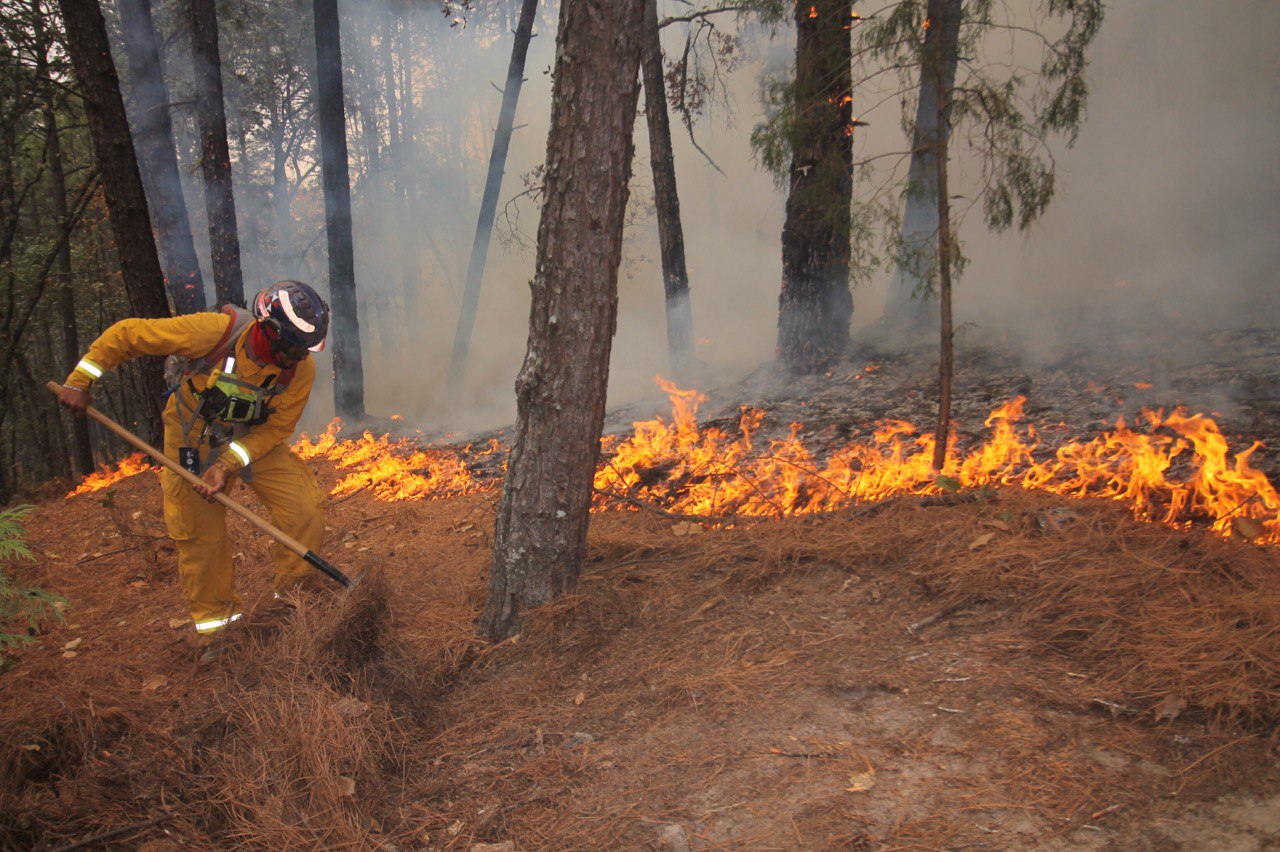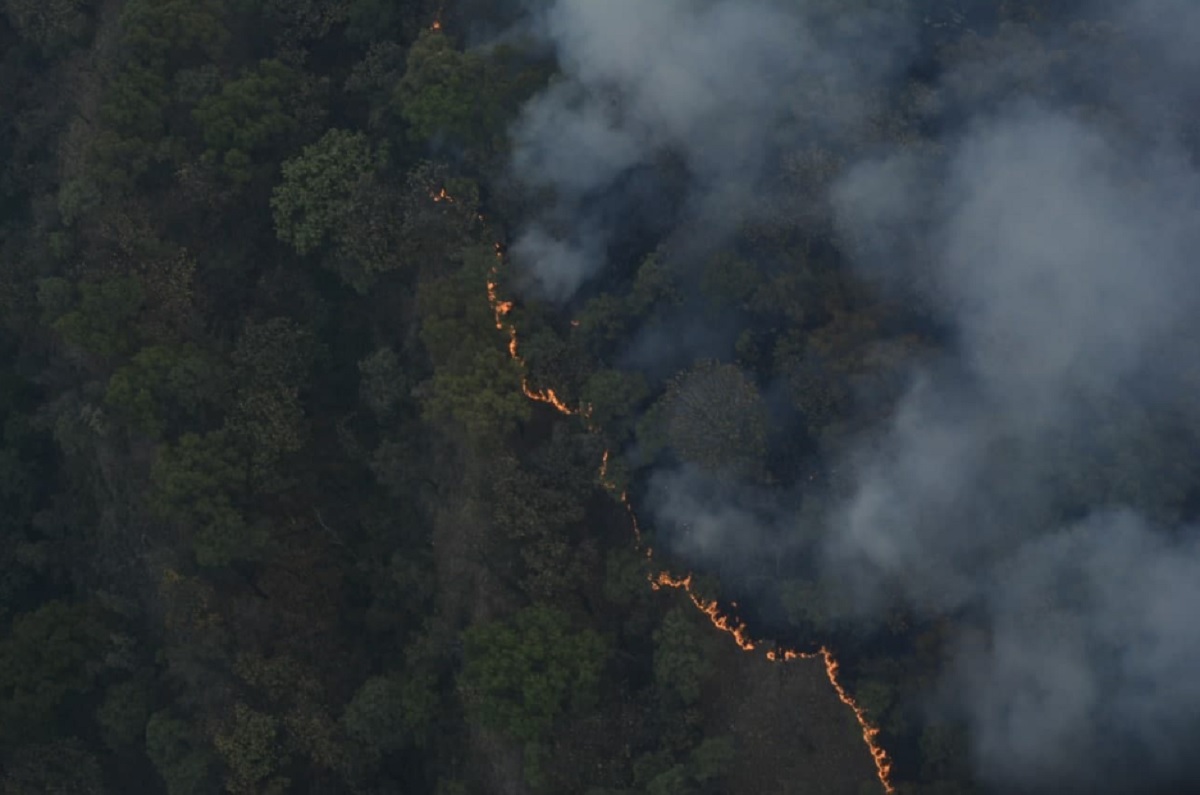In recent weeks, some large forest fires have occurred in Mexico, the most recent in the El Cielo National Protected Area in Tamaulipas, which until that Friday had consumed 815 hectares despite the firefighting brigades having managed to contain it by 65%, according to the National Commission Forestry (Conafor).
The high temperatures that occur in the country, where some regions reach up to 45 degrees Celsius and a drastic decrease in the level of rainfall in recent months in the country favor the emergence of these ecological disasters, of which 99% of the occasions are considered to be caused by human activity.
Other major casualties that occurred in March were that of the Spring Forest in Jalisco and that of the Tepozteco hill in Morelos, which were already controlled, however in the Sierra de Santiago in Nuevo León, fire spread since March 14 and until the beginning of April it has affected almost two thousand hectares of forest.
Regarding the latter case, the director of Civil Protection of the entity, Erik Cavazos, said that it was an “ecological fire”, since the vast majority of it has been “superficial”.

Surface Fires: In them, the fire spreads horizontally over the surface of the land and reaches up to a meter and a half in height. They affect live and dead fuels such as grasslands, leaves, branches, twigs, shrubs or small trees of natural regeneration or planting, trunks, humus, among others. It is also called ecological fire.
Underground Fire: These occur when surface combustion spreads under the ground. In this case, the accumulated organic matter and roots get burned, and it can even reach the rocky outcrops. These generally do not produce flames and emit little smoke.

Cup or Air Fires: They are considered the most destructive, dangerous and difficult to control, because fire consumes all vegetation. They also start superficially, but in this case, the flames advance first above ground level and propagate by vertical continuity, that is, they climb upward vegetation that serves as fuel on a ladder to the treetops.

Forest fires can occur at any time; however, in Mexico there are two seasons of highest incidence, so it is necessary to be alert to our activities in areas of risk, since forests do not have spontaneous combustion and an external source is required for a fire to occur, explains the Conafor.
The first season begins in January and runs until June and corresponds to the central, northern, northeast, south and southeast areas of the country. The second one runs from May to September and is recorded in the northwest of the country.
Both coincide with the season of greatest drought in the national territory, which triggers the warning for 2022, as the effects of the weather phenomenon of La Niña are already felt, in which rainfall is considerably reduced and the ravages of drought increases.
This risk of severe drought worries authorities because of the low level of water storage in the country's main reservoirs, but it also represents a latent danger of forest fires. For the latter reason, brigade corps must be prepared to act immediately and apply timely containment measures to prevent claims from exceeding the level of superficial damage.
KEEP READING:
Últimas Noticias
Debanhi Escobar: they secured the motel where she was found lifeless in a cistern
Members of the Specialized Prosecutor's Office in Nuevo León secured the Nueva Castilla Motel as part of the investigations into the case

The oldest person in the world died at the age of 119
Kane Tanaka lived in Japan. She was born six months earlier than George Orwell, the same year that the Wright brothers first flew, and Marie Curie became the first woman to win a Nobel Prize

Macabre find in CDMX: they left a body bagged and tied in a taxi
The body was left in the back seats of the car. It was covered with black bags and tied with industrial tape
The eagles of America will face Manchester City in a duel of legends. Here are the details
The top Mexican football champion will play a match with Pep Guardiola's squad in the Lone Star Cup

Why is it good to bring dogs out to know the world when they are puppies
A so-called protection against the spread of diseases threatens the integral development of dogs




